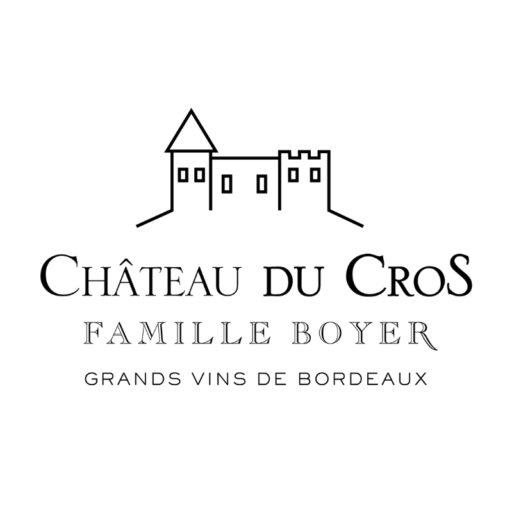The previous owner, the Count of Chassaigne,grew wheat on the plateau of Château du Cros and had not anticipated a massive drop in prices as a result of the expanding cultivation of cereals in the Beauce region of France. He had also been caught out by the diminishing availability of manual labour to work in the vines on the hill as more and more men left to fight in the Great War.The Count’s financial challenges forced him to sell.
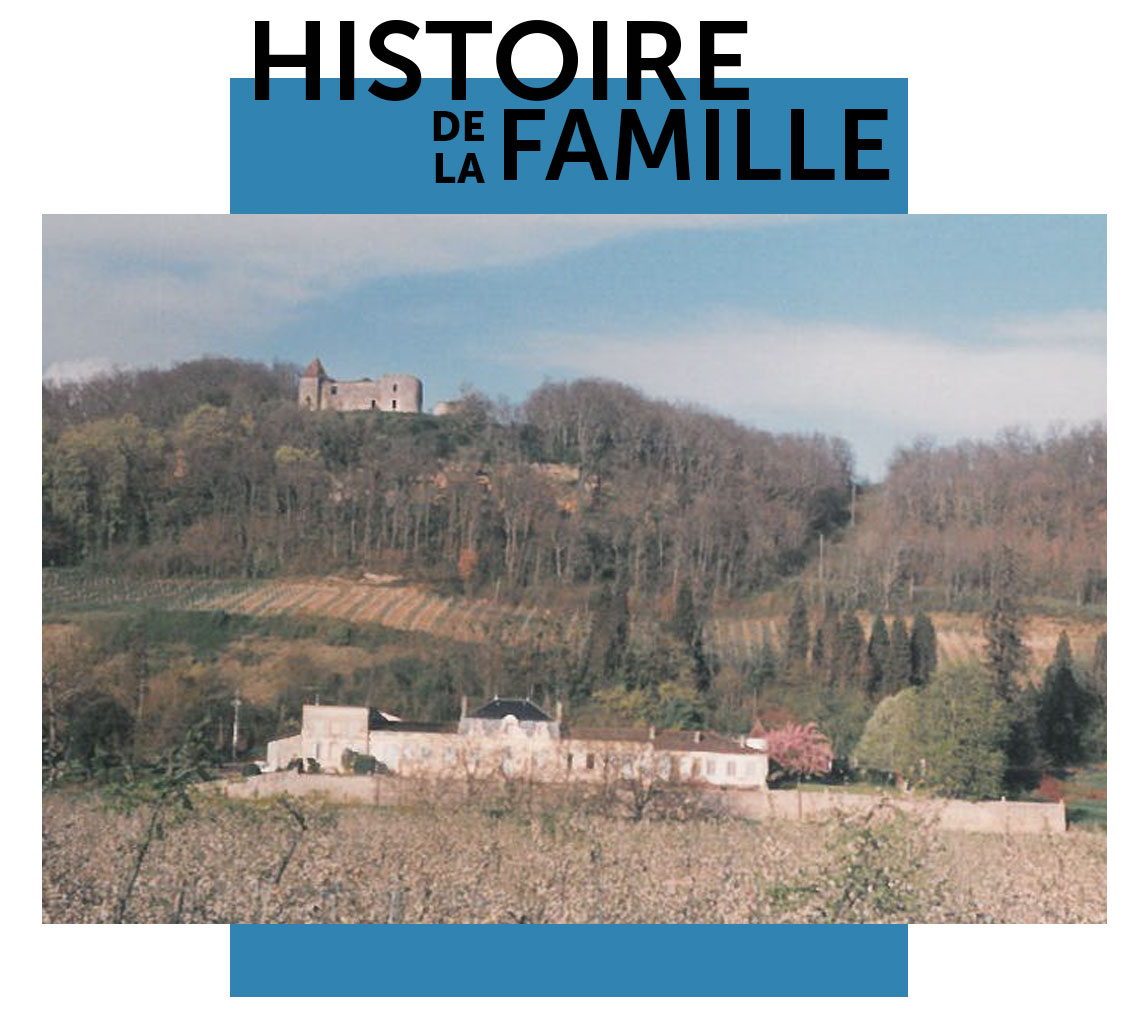

The previous owner, the Count of Chassaigne, grew wheat on the plateau of château du Cros and had not anticipated a massive drop in prices as a result of the expanding cultivation of cereals in the Beauce region of France. He had also been caught out by the diminishing availability of manual labour to work in the vines on the hill as more and more men left to fight in the Great War. The Count’s financial challenges forced him to sell.
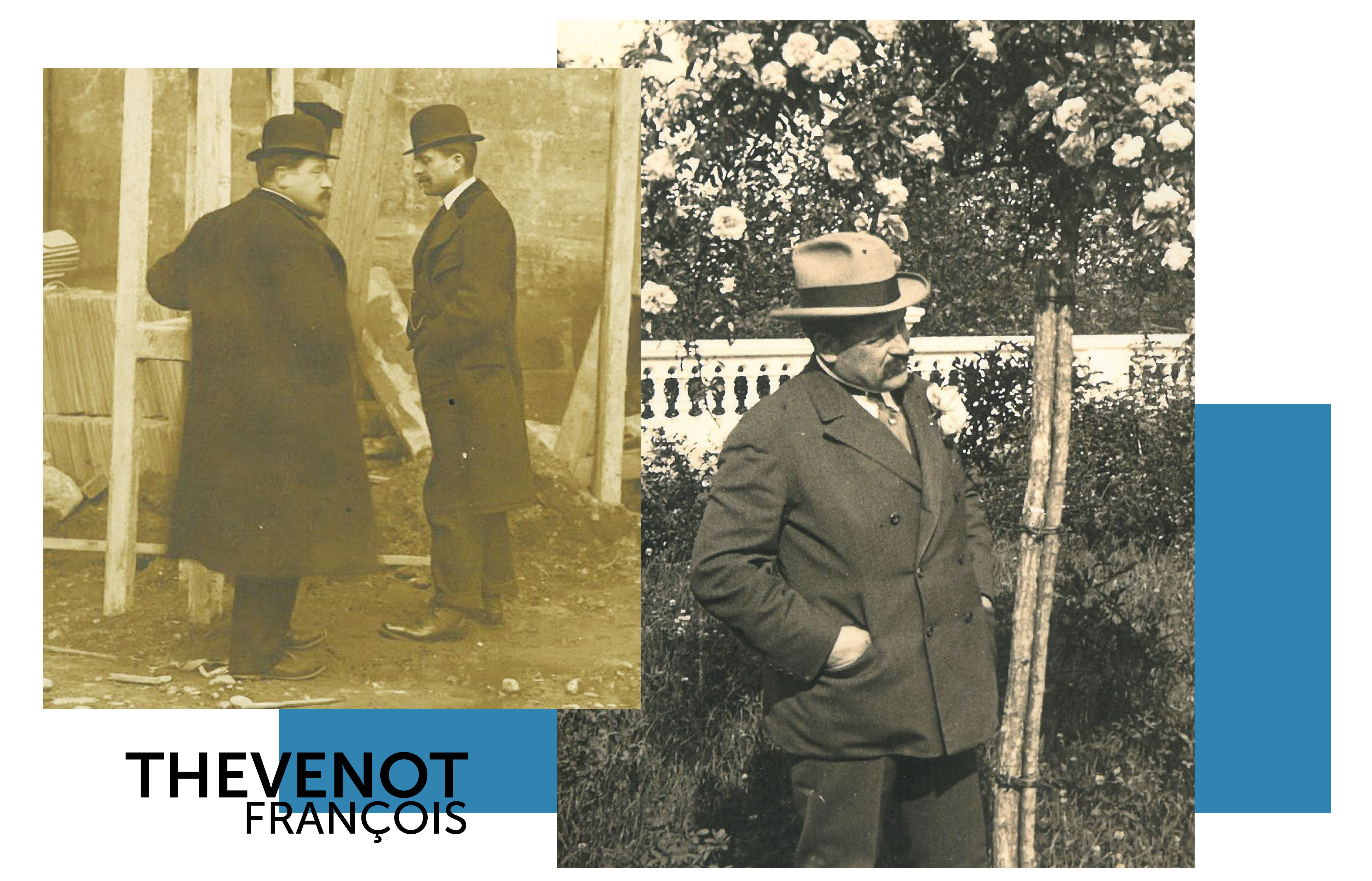
François Thévenot met Adrienne Larousse, who was from Bordeaux and whose family owned a country residence in Loupiac. Château du Cros was for sale and François decided to buy it.
one hundred year old vines
François Thévenot had a public works business and had no qualms about rooting out the remaining vines on the hill and then set about planting new ones on the plateau. The replanting took place between 1920 and 1940. These old nearly one-hundred-year-old vines still exist and their fruit is used to produce the best Château du Cros wines.

François Thévenot met Adrienne Larousse, who was from Bordeaux and whose family owned a country residence in Loupiac. Château du Cros was for sale and François decided to buy it. François Thévenot had a public works business and had no qualms about rooting out the remaining vines on the hill and then set about planting new ones on the plateau. The replanting took place between 1920 and 1940. These old nearly one-hundred-year-old vines still exist and their fruit is used to produce the best Château du Cros wines.

François Thévenot met Adrienne Larousse, who was from Bordeaux and whose family owned
a country residence in Loupiac. Château du Cros was for sale and François decided to buy it. François Thévenot had a public works business and had no qualms about rooting out the
remaining vines on the hill and then set about planting new ones on the plateau. The replanting took place between 1920 and 1940. These old nearly one-hundred-year-old vines still exist and their fruit is used to produce the best Château du Cros wines.
François and Adrienne’s daughter, Yvonne, formed a relationship with Georges Boyer, who was a trained engineer and worked with her father, supplying metal roof structures for buildings. bThe Boyer family was notably responsible for the Eiffel-like metallic structure of the Bordeaux Saint-Jean train station. Georges Boyer fought in both World Wars and was even taken prisoner in Germany and freed in 1943. On his return to Château du Cros, he looked after the property, which he acquired when his father-in-law François Thévenot experienced financial difficulties.
Michel, the son of Yvonne and Georges Boyer was trained at Angers Agricultural School from 1954 to 1958. He married Françoise Moulière in 1958. Françoise’s family were Breton sardine fishermen from Douarnenez. Michel played his part in naval operations to maintain order in Algeria. Having returned to Château du Cros in 1960, he left his father to take care of the vines and launched a business operating orchards along the River Garonne. In turn, he cultivated peaches and pears, then apples, kiwi fruit and cherries.
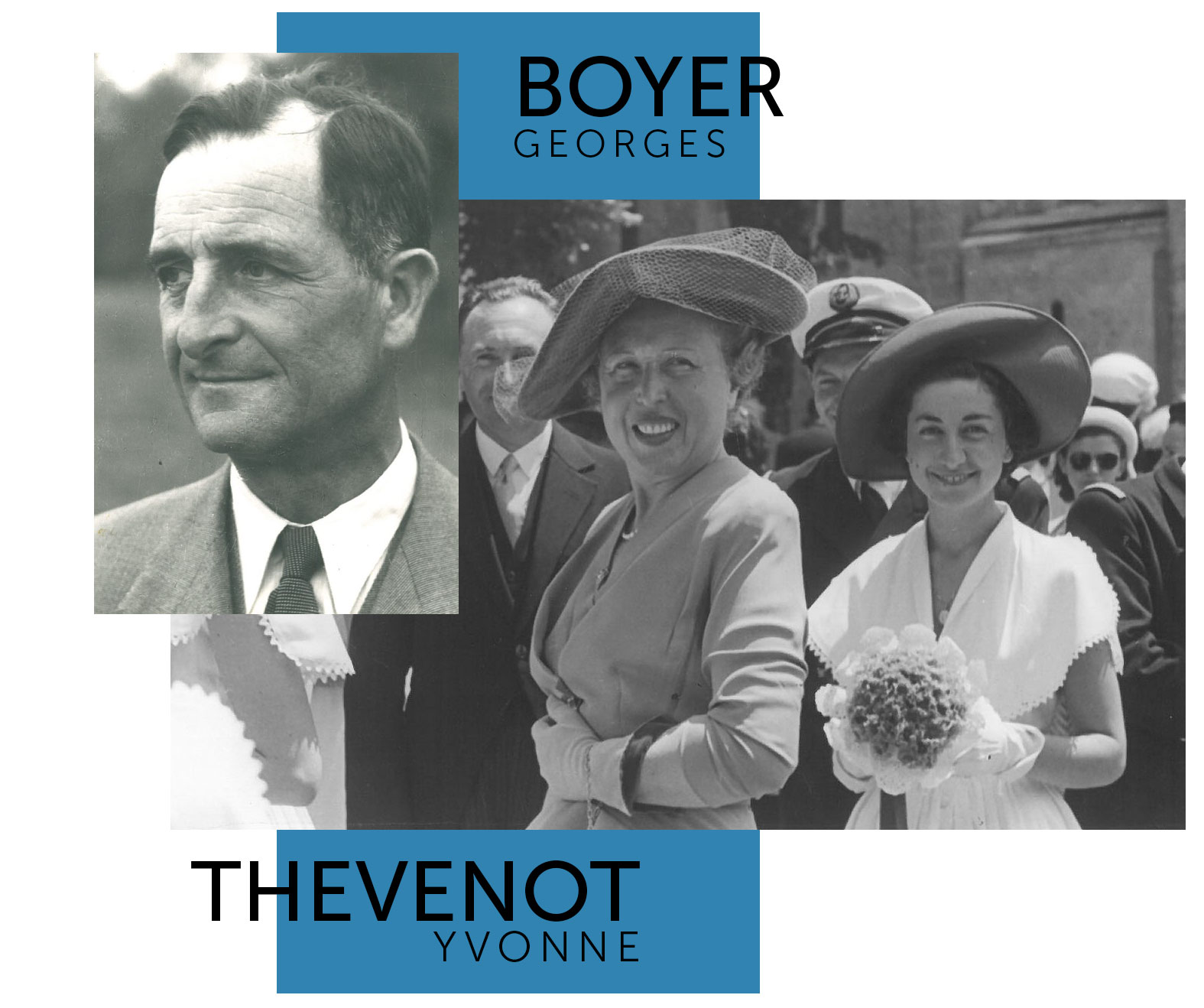
François and Adrienne’s daughter, Yvonne, formed a relationship with Georges Boyer, who was a trained engineer and worked with her father, supplying metal roof structures for buildings. The Boyer family was notably responsible for the Eiffel-like metallic structure of the
Bordeaux Saint-Jean train station. Georges Boyer fought in both World Wars and was even taken prisoner in Germany and freed in 1943. On his return to Château du Cros, he looked after the property, which he acquired when his father-in law François Thévenot experienced financial difficulties. Michel, the son of Yvonne and Georges Boyer was trained atAngers Agricultural School from 1954 to 1958. He married Françoise Moulière in 1958. Françoise’s family were Breton sardine fishermen from Douarnenez. Michel played his part in naval operations to maintain order in Algeria. Having returned to Château du Cros in 1960, he left his father to take care of the vines and launched a business operating orchards along the River Garonne. In turn, he cultivated peaches and pears, then apples, kiwi fruit and cherries.

Georges Boyer died in 1967 and Michel tookcharge of the vines, replanting on the plateau and buying other estates to diversify the Château du Cros range of wines.
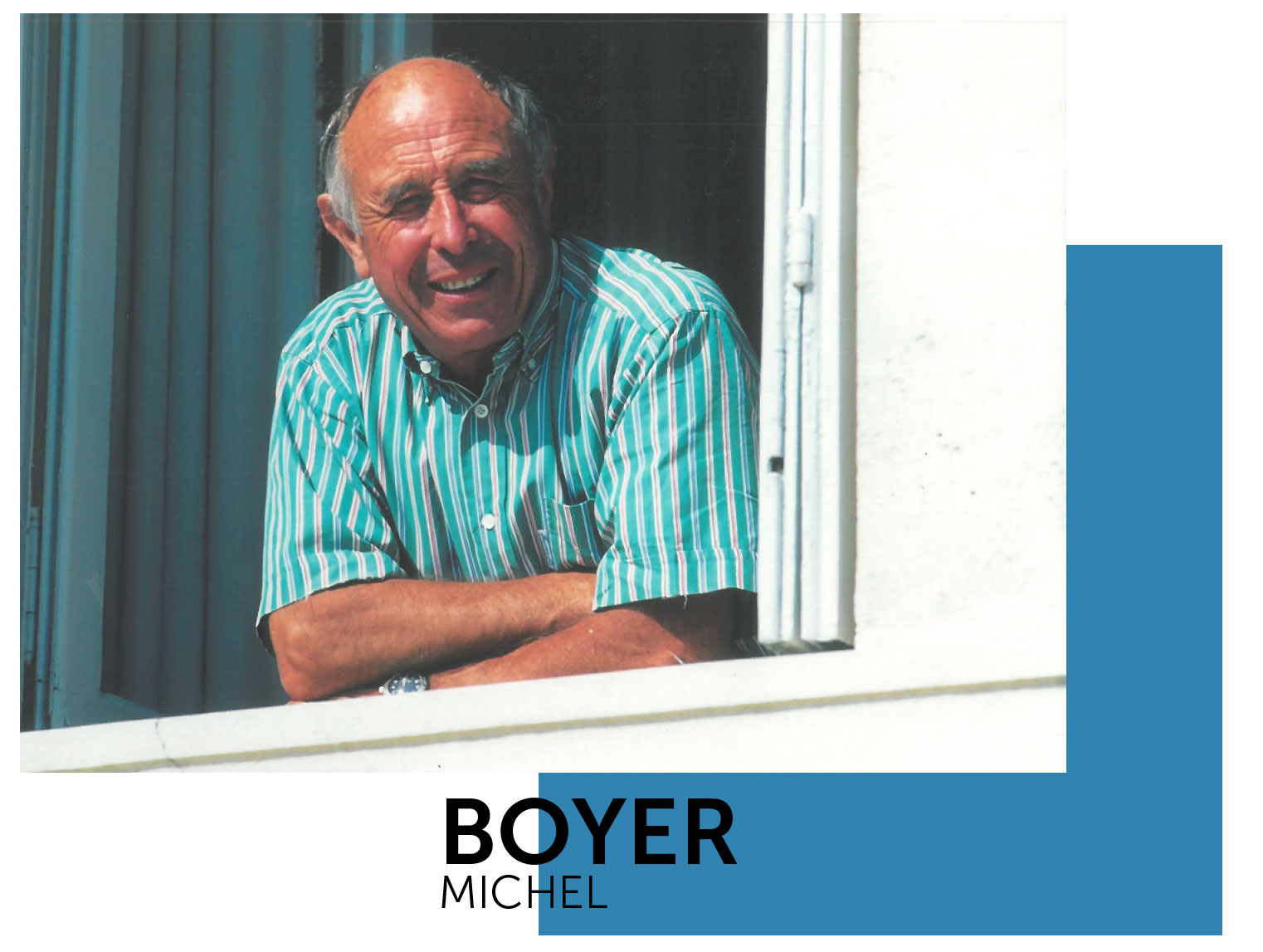
In 2004, Catherine took over management of the vineyards and added an international dimension to the Château du Cros business. She launched new initiatives around wine tourism and matching food and wine. In 2006, he discontinued his orchard work and turned to producing maize.
Georges Boyer died in 1967 and Michel took charge of the vines, replanting on the plateau and buying other estates to diversify the Château du Cros range of wines.

In 2004, Catherine took over management of the vineyards and added an international dimension to the Château du Cros business. She launched new initiatives around wine
tourism and matching food and wine. In 2006, he discontinued his orchard work and turned to producing maize.
